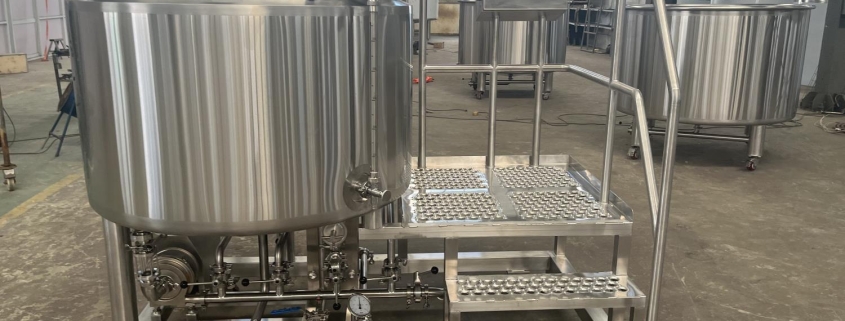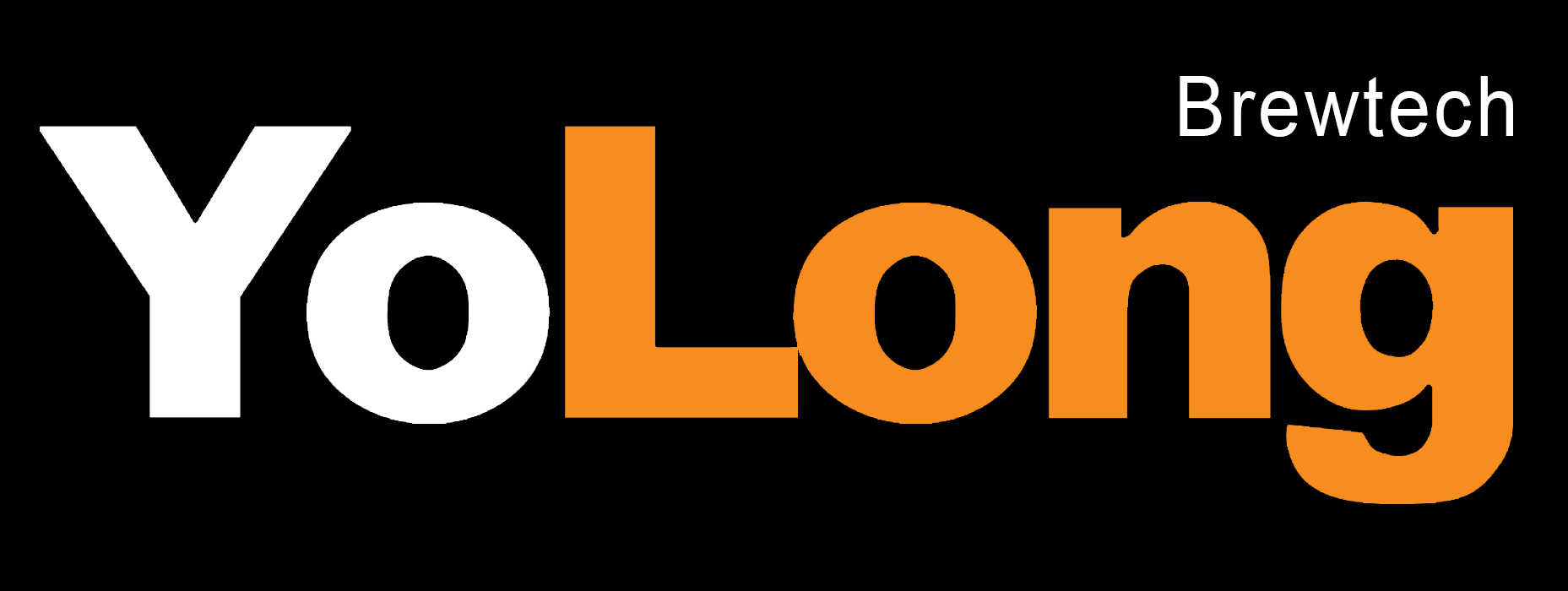Electric Brewing System Explained: The Complete 2025 Guide for Beginners and Experts
What is an Electric Brewing System?
What exactly is an electric brewing system? Imagine having your very own beer lab at home, where you control the entire brewing process with the push of a few buttons. That’s basically what an electric brewing system is. It’s a modern setup used by homebrewers and even some commercial brewers to craft beer using electricity as the primary heat source instead of gas or fire.
At its core, an electric brewing system typically includes a hot liquor tank (HLT), a mash tun, and a boil kettle. These are all powered and heated using electric elements. It’s sort of like replacing your stovetop with a more precise, programmable, digitally controlled system. Some systems are compact and designed for countertop brewing, while others can brew enough beer for a party of 50.
With digital controllers, temperature probes, and even smartphone connectivity, electric brewing systems have become smarter and more efficient, allowing brewers to replicate recipes with precision.
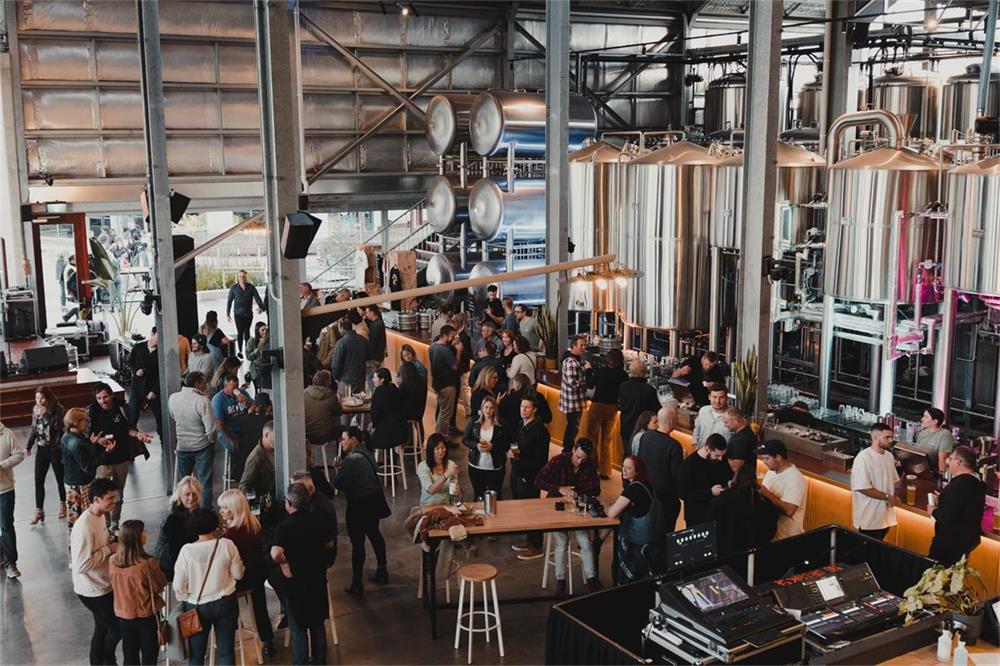
Key Benefits of Electric Brewing Systems
Let’s be honest—the benefits of electric brewing systems are plenty, and they’re the reason so many brewers are making the switch. First off, precision. Electric systems allow for extremely accurate temperature control. If you’ve brewed beer before, you know how important that mash temperature is. A few degrees off and you could mess up your entire flavor profile.
Next, cleanliness and safety. Electric brewing means no open flames, no propane tanks, and far fewer chances of accidents. You can safely brew indoors without turning your garage into a fire hazard. Plus, cleaning up is easier without soot and residue.
Then there’s the efficiency. Because these systems are often insulated and recirculate water during mashing, you lose less heat. Some brewers report better extraction and conversion rates, meaning more sugar from the same grain.
Lastly, consistency. Once you dial in a recipe, it’s much easier to reproduce it with an electric system. Digital controllers remember your settings, and you can monitor everything with apps or programmable logic controllers (PLCs).
Electric vs Gas Brewing: Which is Better?
Now for the big debate: electric versus gas brewing. It’s kind of like comparing an electric car to a muscle car. Both have their strengths, but they cater to different kinds of brewers.
Electric brewing is more suitable for indoor use. You don’t need to ventilate for fumes, and it’s generally safer. It also allows for better temperature control, automation, and monitoring. However, it might struggle with larger batch sizes due to power limitations. If you’re brewing more than 10 gallons at a time, you may need a 240V system.
Gas brewing, on the other hand, offers more raw power. You can boil big batches faster, especially outdoors. It’s also more traditional and a bit more tactile, which some brewers love. But it comes with downsides: open flames, less temperature precision, and higher energy inefficiency. Propane can also be a recurring cost, especially for frequent brewers.
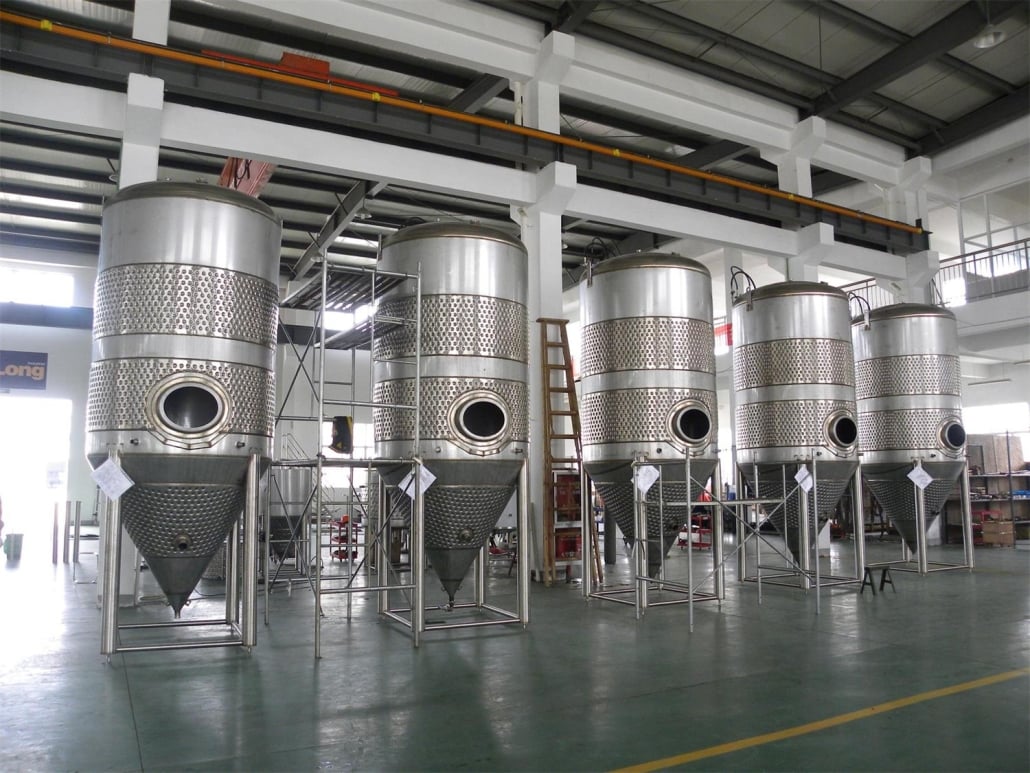

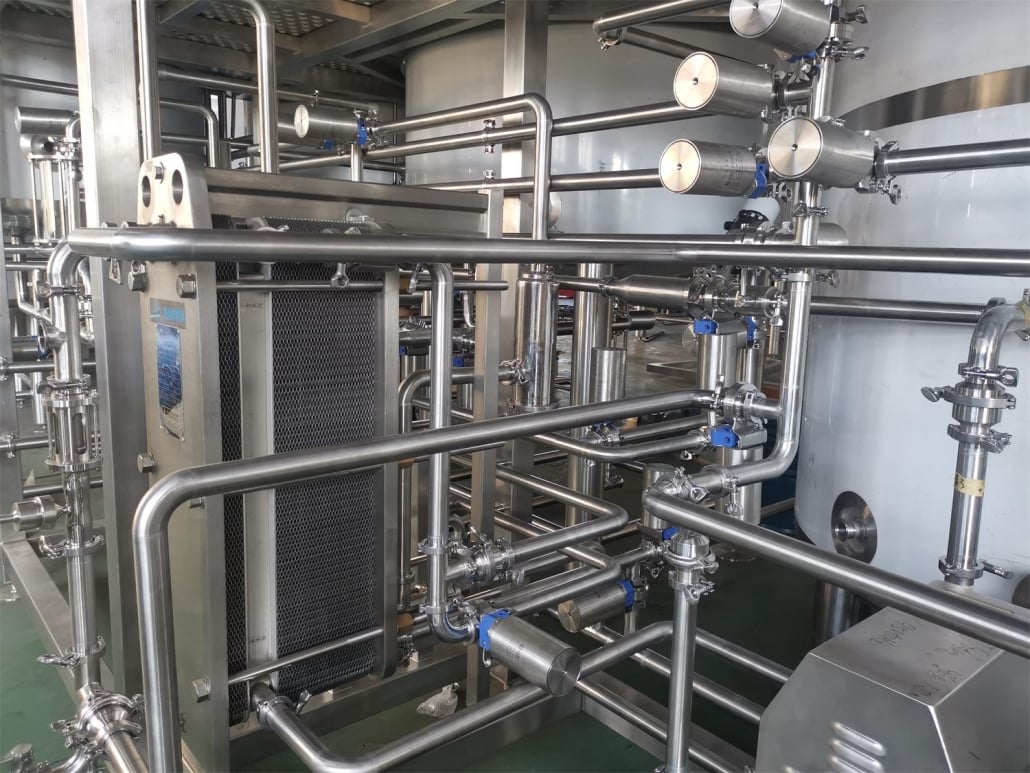
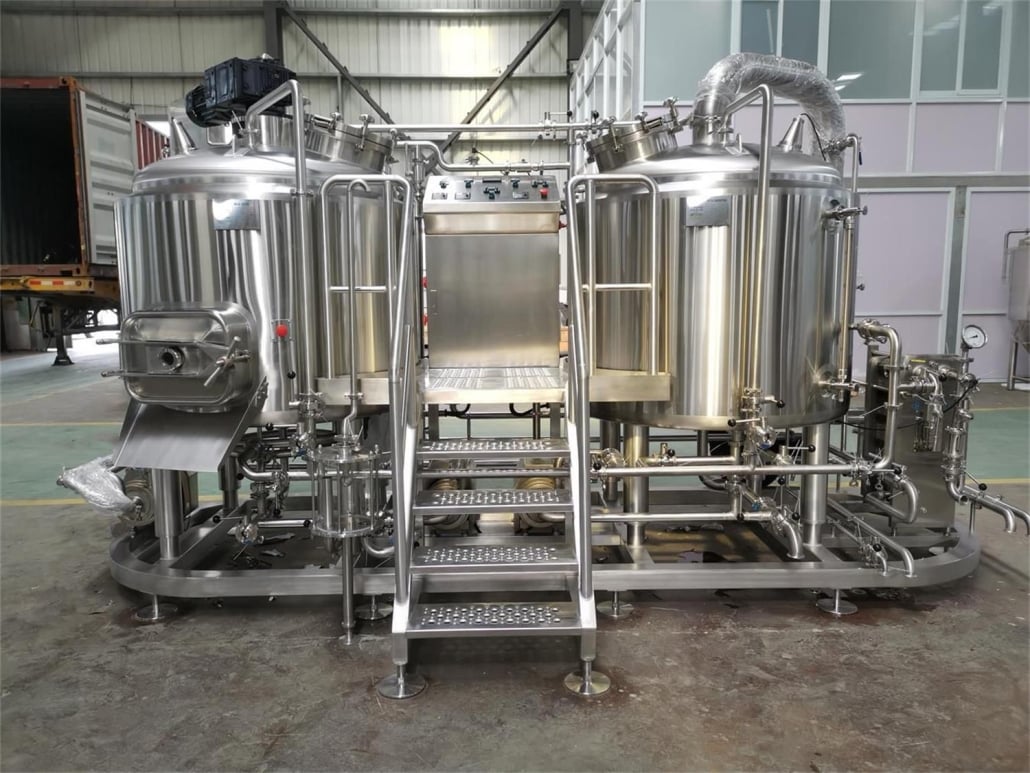
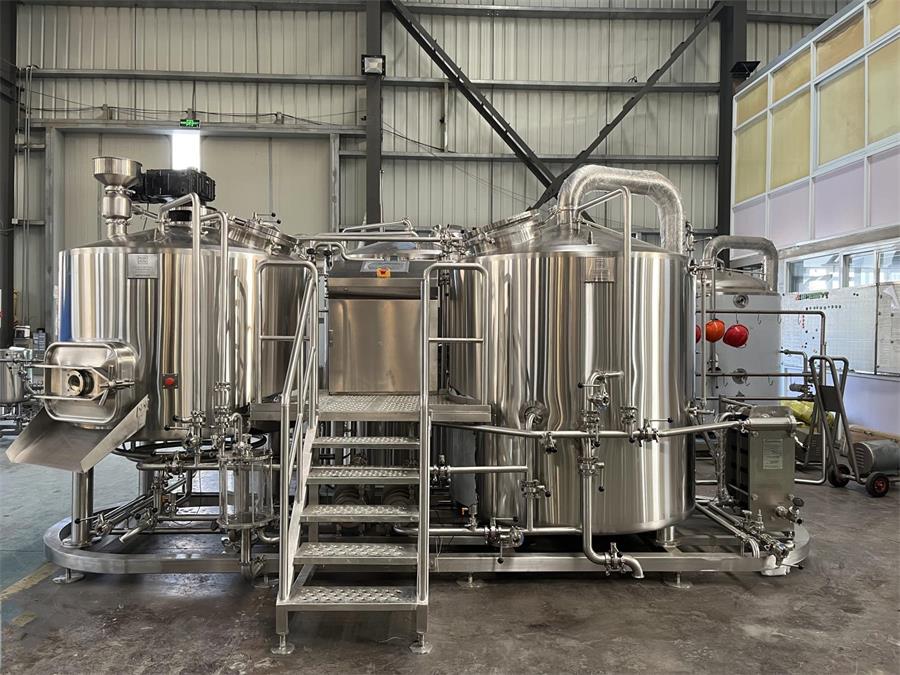
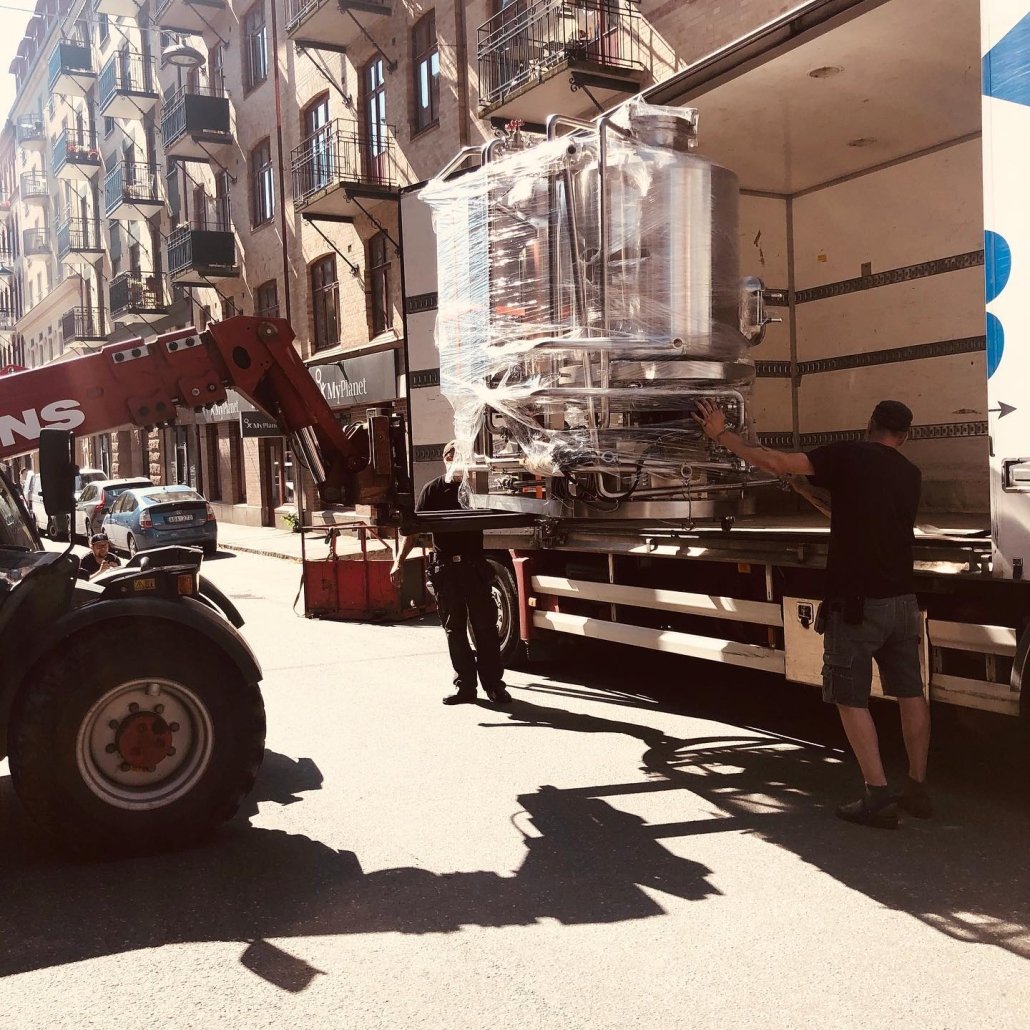
How to Choose the Right Electric Brewing System
Choosing the perfect system feels a bit like dating. You have to find one that matches your style, your space, and your brewing ambitions. Let’s break down the key things to consider.
1. Batch Size
Think about how much beer you plan to brew. Is it just for you and a few friends? Or are you looking to throw Oktoberfest every other weekend? Systems range from 1-gallon nano rigs to 15-gallon full setups.
2. Voltage and Power
Standard systems run on 120V, but if you want faster heat times and bigger batches, a 240V system is better. Just make sure your home setup can support it. You might need an electrician.
3. Automation Level
Some brewers want to stir the mash and manually add hops. Others want to set it and forget it. Electric systems can be fully automated with programmable logic, or they can be semi-automated where you still play a hands-on role.
4. Budget
You can start with a small $300 all-in-one system or splurge on a $3000 fully automated rig. It all depends on your wallet and your brewing frequency.
5. Brand and Support
Reputation matters. Some brands offer great customer support, spare parts, and online communities. Stick with trusted names like Grainfather, BrewZilla, or Spike Brewing.
Electric Brewing System Setup and Tips
Setting up an electric brewing system is like assembling a space station—fun, exciting, but you need a checklist.
Start with a safe, ventilated brewing area. Even though you’re not dealing with gas, you still want a dry, stable space with good electrical access. Make sure your circuit can handle the amperage.
Install a GFCI outlet if you’re using 240V power. Safety first. Then connect your vessels: HLT for heating strike water, mash tun for holding the mash, and boil kettle for, well, boiling.
Use a water filter if your tap water isn’t great. Water chemistry plays a big role in beer taste.
Temperature control is your best friend. Use a PID controller or a brewing app that can monitor and adjust temps.
Clean everything before and after each brew day. Trust us—sanitation can make or break your beer.
Best Electric Brewing Systems in 2025
Here’s a quick comparison of some top systems this year, updated with real-world feedback, features, and price comparisons:
| System Name | Batch Size | Voltage | Automation | Price Range (USD) | Best For |
|---|---|---|---|---|---|
| Grainfather G70 | Up to 18 gal | 240V | Full | $1999 – $2399 | Serious homebrewers |
| BrewZilla Gen 4 | 9-17 gal | 120V/240V | Semi | $500 – $799 | Mid-range, beginners upward |
| Spike Trio System | 10-20 gal | 240V | Full | $2500 – $3500 | Prosumer & semi-commercial |
| Anvil Foundry | 7.5-10.5 gal | 120V | Partial | $399 – $549 | Affordable, beginner-friendly |
| Clawhammer Supply | 5-10 gal | 120V/240V | Modular | $750 – $999 | Tinkerers, DIY lovers |
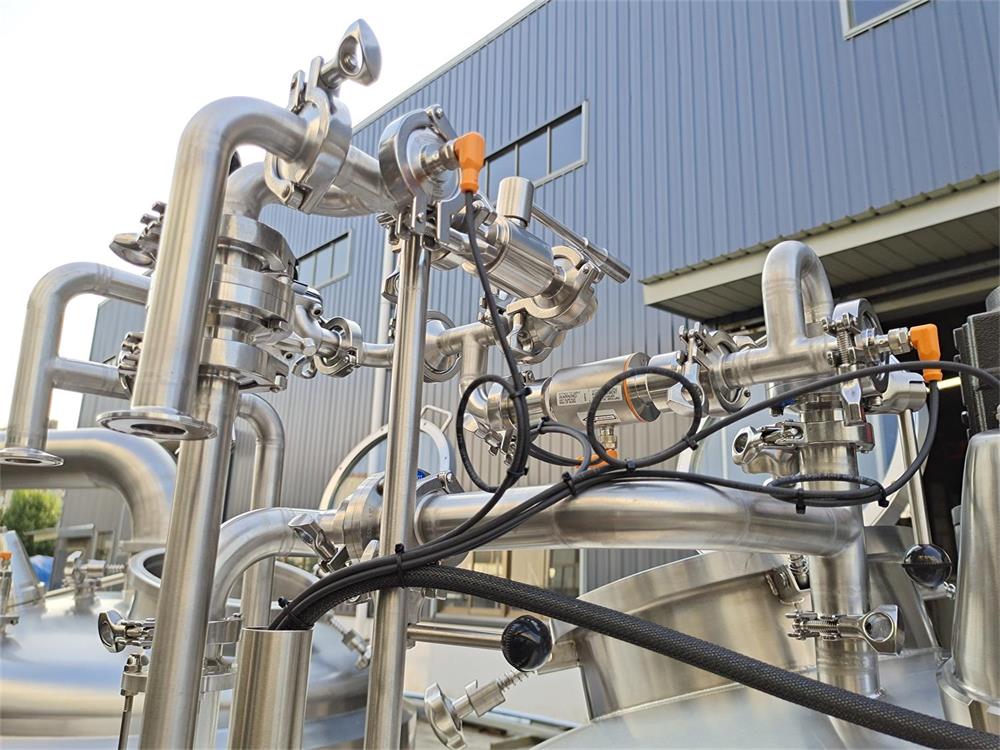
FAQ
| Question | Answer |
|---|---|
| What is the average cost of an electric brewing system? | Entry-level systems start at $300-$500, while advanced setups can cost $2000 or more. |
| Can I use an electric brewing system indoors? | Yes! That’s one of their biggest perks. No gas means no fumes, so you can brew in your kitchen, basement, or garage. |
| Do electric systems brew better beer than gas ones? | Not necessarily better, but more consistent. Precision temperature control means repeatable results every time. |
| How long does it take to brew beer with an electric system? | About 4-6 hours for a standard batch, depending on recipe complexity and batch size. |
| Do I need special wiring for 240V systems? | Most likely, yes. You may need to install a 240V GFCI outlet, which often requires an electrician. |
| Are there portable electric brewing systems? | Absolutely. Systems like the Anvil Foundry are designed to be portable and compact, great for small spaces or apartment brewing. |
| Can I upgrade parts of my system later? | Yes, many systems offer modular upgrades like better pumps, chillers, or digital controllers. |

